Flat Mop mold is a common but serious problem that must be addressed, as mold can affect indoor air quality and family health.
1. Detailed Cleaning and Disinfection Steps (for mild to moderate mold)
Step 1: Physical Removal (Outdoor Operation)
Wear a mask and gloves to prevent inhaling mold spores or skin contact.
Take the moldy flat mop outdoors to a well-ventilated area.
First, use a dry brush or old toothbrush to remove dried mold and mold fuzz from the mop head.
Step 2: Choose a Disinfection Soaking Method (Choose one of three)
Method 1: White Vinegar Soak (Natural and Environmentally Friendly)
In a large bucket or basin, mix white vinegar and warm water in a 1:1 ratio. Ensure the water level is sufficient to completely submerge the mop head.
Soak the mop head in the solution for 1-2 hours. The acidity of the white vinegar effectively kills mold.
If the mold is severe, soaking in pure white vinegar will be even more effective.
Method 2: Soaking in 84 Disinfectant (Powerful sterilization, caution advised)
Wear rubber gloves and a mask, and ensure ventilation.
Dilute according to the instructions on the disinfectant bottle; usually, one capful of disinfectant to a large basin of water.
Completely immerse the mop head in the diluted solution for 30 minutes to 1 hour. The sodium hypochlorite in 84 disinfectant is highly effective at killing mold.
Note: Do not mix 84 disinfectant with toilet cleaner, alcohol, white vinegar, or other cleaning agents, as this will produce toxic fumes.
Method 3: Baking Soda + Citric Acid/Boiling Water (Stain Removal and Odor Elimination)
Add a large amount of baking soda to hot water and stir until dissolved.
Soak the mop head in the solution. Baking soda has excellent stain removal and odor absorption properties.
Alternatively, after soaking in white vinegar or disinfectant, rinse with baking soda water to remove any residual odor.
Step 3: Thorough Cleaning
After soaking, wear gloves and repeatedly rub and squeeze the mop head to ensure every fiber is cleaned.
Rinse thoroughly with plenty of water until no detergent or disinfectant residue remains.
Step 4: Thorough Drying (Crucial!)
Wring out as much water as possible from the mop by hand.
Land the mop in a well-ventilated, sunny spot to air dry completely. Do not place it directly back in a damp, poorly ventilated corner of the bathroom.
If the weather is good, direct sunlight is the best way to dry and further disinfect.

2. When should a flat mop be discarded?
If your mop exhibits any of the following conditions, for health reasons, it is recommended to replace it immediately, as even after cleaning, the mold may have penetrated deep into the fibers and is difficult to remove completely:
Severe Mold Infestation: The mop head is covered with large black or green mold spots, or even has mold growth.
Rotten Material: Cotton or sponge mops have become soft, damaged, and tear easily due to mold.
Stubborn Odor: Even after various cleaning methods, the mop still emits a musty smell that cannot be washed away.
3. How to Prevent Mops from Getting Mold? (More important than aftercare)
Thorough Cleaning: After each use, always rinse the mop thoroughly with clean water, leaving no stains.
Wring Out Water: Wring out as much water as possible from the flat mop to reduce the moisture needed for mold growth.
Proper Hanging: Use a mop bucket with a spin function and hang the mop upside down on a dedicated mop holder with the head facing down to ensure ventilation.
Keep Dry: Place it in a well-ventilated area such as a balcony or near a window where it can get sunlight. This is the most effective way to prevent mold.
Regular Disinfection: Even if there is no obvious mold, soak and clean the mop in a solution of white vinegar and water or diluted disinfectant every week or two to prevent mold growth.


 中文简体
中文简体 English
English Español
Español Français
Français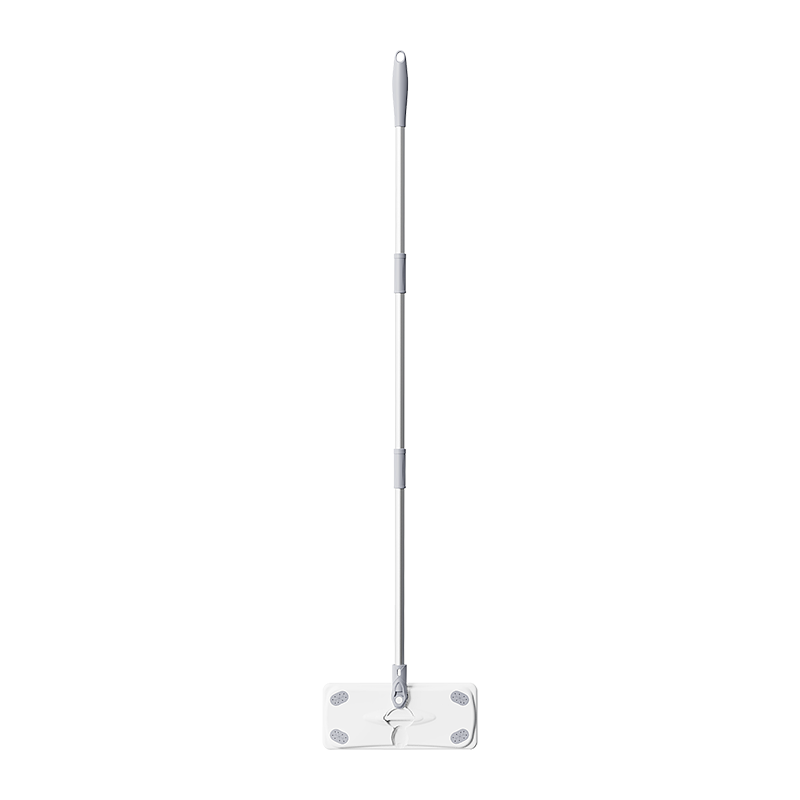


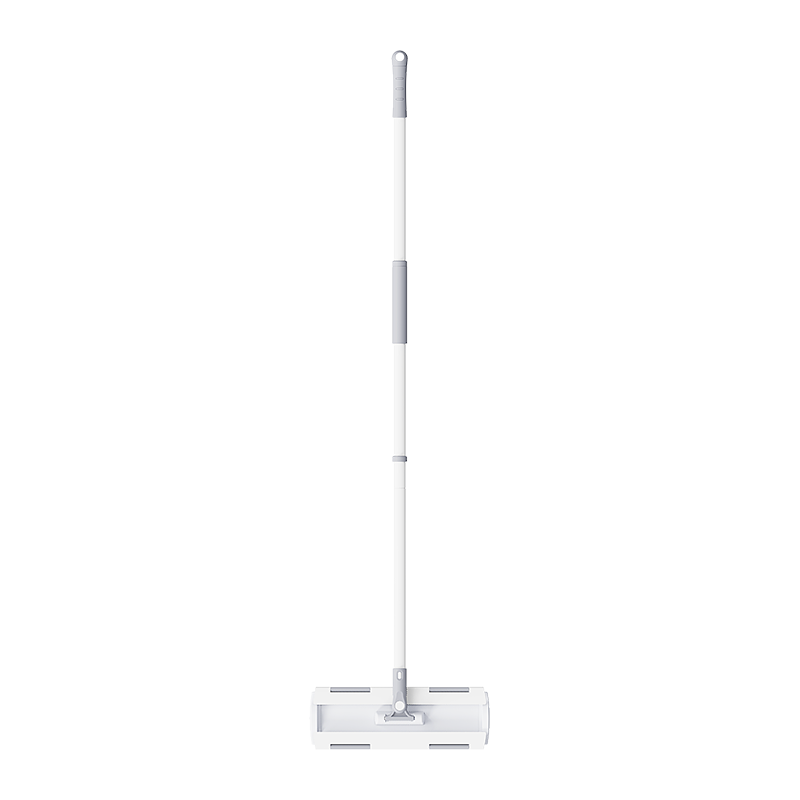

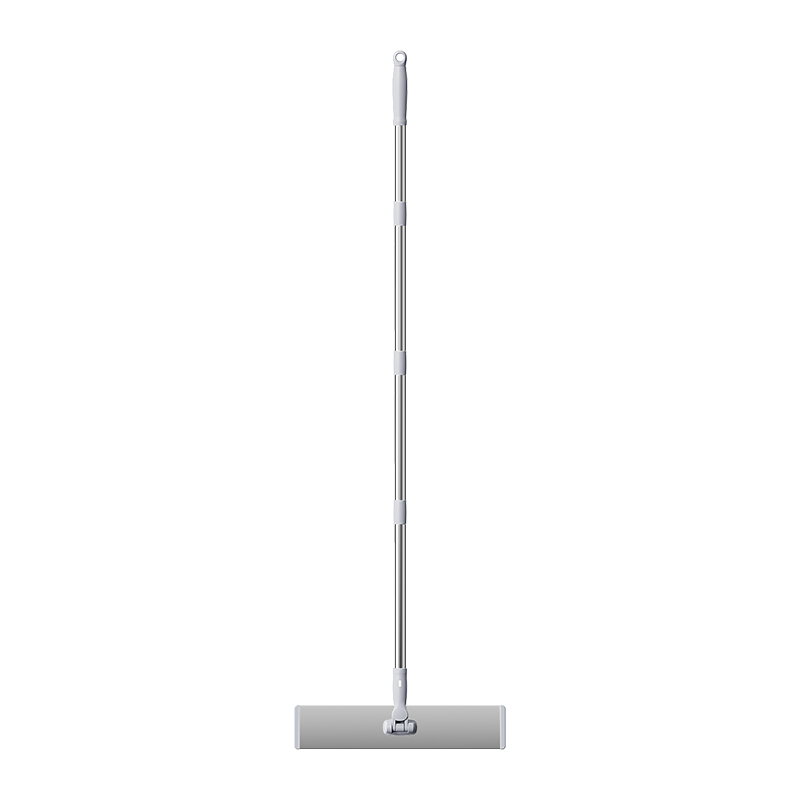



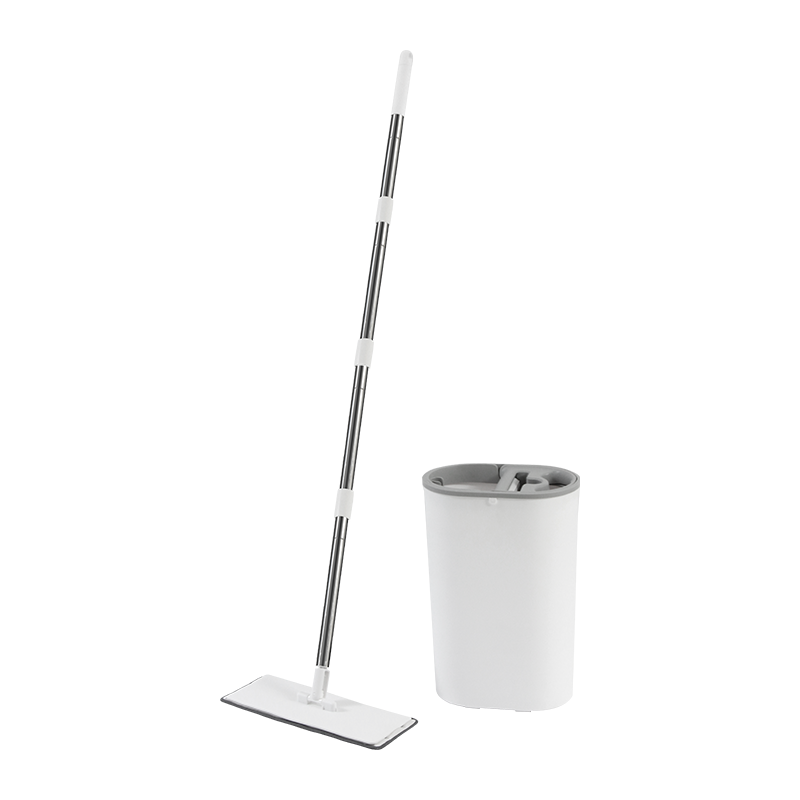
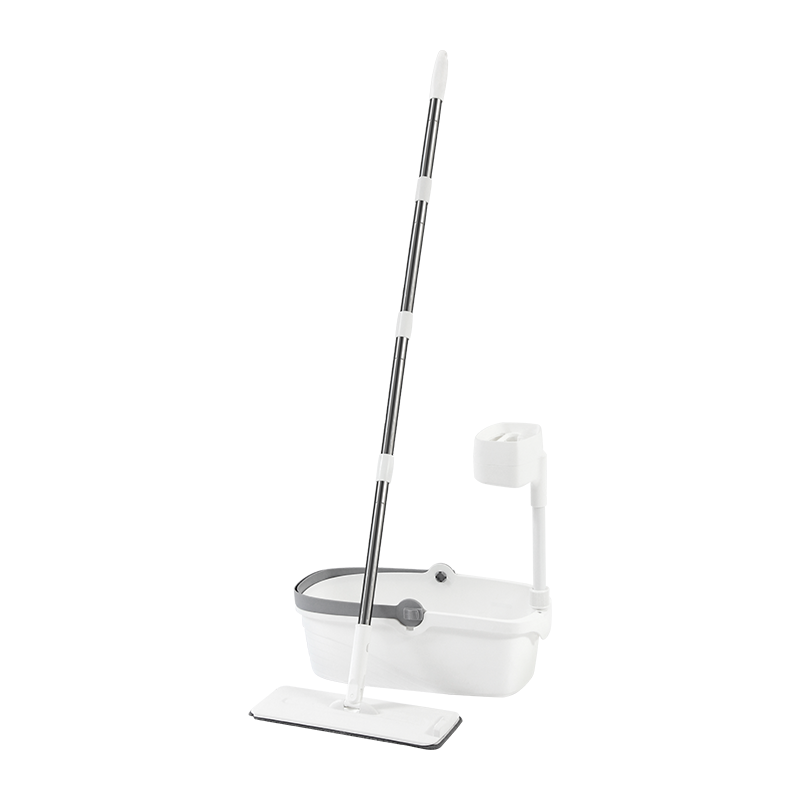

 Products
Products












